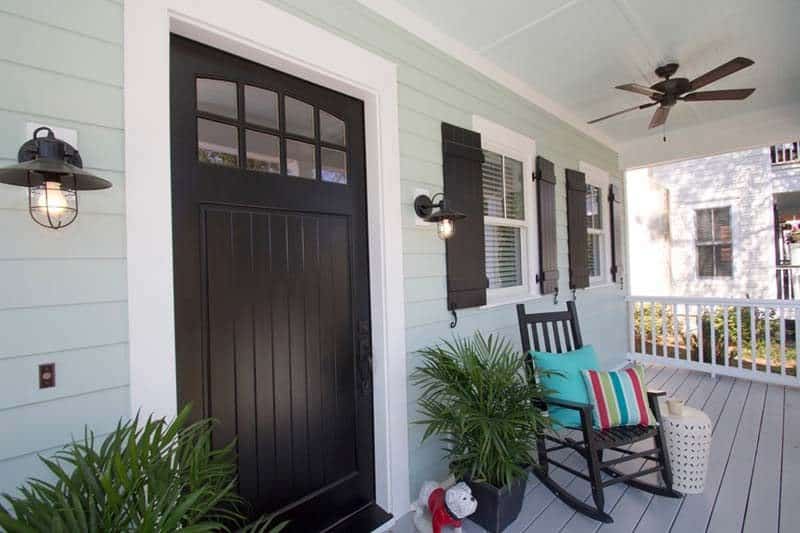Sure, you could blow your refund for a vacation or new TV. But why not reinvest in your home instead? Will you be receiving a tax refund this year? The typical refund is about $3,000 – enough to reinvest in your house. Whether you’re expecting a few hundred dollars back or a few thousand, put some of it to use with these suggestions.
Suggestions for Putting Your Tax Refund Back in Your Home

Reduce debts
With home prices continuing to creep upward and interest rates still remarkably low, you may have taken out a home equity loan to finance a remodeling project or two. A lot of consumers have! Why not apply your tax refund toward this loan or reduce other debts (especially high interest debt like charge cards)?
Freshen up
Want to add a back-splash, paint a room, clean up the yard, replace your bathroom sink, or repair a leaky faucet? Do it now! It’s likely that, your refund will cover these types of small projects – and much more. And you’re getting a two-for-one: you’re both improving your living experience, and adding value all at once.
Want to add a back-splash, paint a room, clean up the yard, replace your bathroom sink, or repair a leaky faucet? Do it now! It’s likely that, your refund will cover these types of small projects – and much more. And you’re getting a two-for-one: you’re both improving your living experience, and adding value all at once.
Boost your energy efficiency
Regardless of how big or small your refund check is, there are actually all kinds of things you can do, at varying price points, for making your house more energy efficient – from buying energy-efficient appliances to adding extra layers of insulation. Storm doors are only a few hundred dollars, and could be a great investment for those who have an older front door. Purchasing a low-flow shower head or installing a programmable thermostat can also be affordable options.
Regardless of how big or small your refund check is, there are actually all kinds of things you can do, at varying price points, for making your house more energy efficient – from buying energy-efficient appliances to adding extra layers of insulation. Storm doors are only a few hundred dollars, and could be a great investment for those who have an older front door. Purchasing a low-flow shower head or installing a programmable thermostat can also be affordable options.
Buy flood insurance
The federal government offers coverage through the National Flood Insurance Program at an average price of about $700 each year. That’s a small investment for a problem that can be big. All things considered, anywhere it rains, it can flood, and your property insurance doesn’t pay for it. (It typically only covers damage which comes from the top down – such as rain and wind damage, and not rising water and flooding.) Stop taking chances, and purchase yourself peace of mind. Premiums vary according to your property’s flood risk. To get an estimate in your area, visit FloodSmart.gov.
The federal government offers coverage through the National Flood Insurance Program at an average price of about $700 each year. That’s a small investment for a problem that can be big. All things considered, anywhere it rains, it can flood, and your property insurance doesn’t pay for it. (It typically only covers damage which comes from the top down – such as rain and wind damage, and not rising water and flooding.) Stop taking chances, and purchase yourself peace of mind. Premiums vary according to your property’s flood risk. To get an estimate in your area, visit FloodSmart.gov.
These are just a few suggestions for you to consider what you could use your tax refund for this year. Especially if you are considering selling your home and possibly purchasing a new home. Nick & Cindy Davis are available to assist you with both! If you would like to find out how much your current home is worth, you can always contact us by calling us at 813-300-7116 or simply fill out this questionnaire and we will be in touch with you.